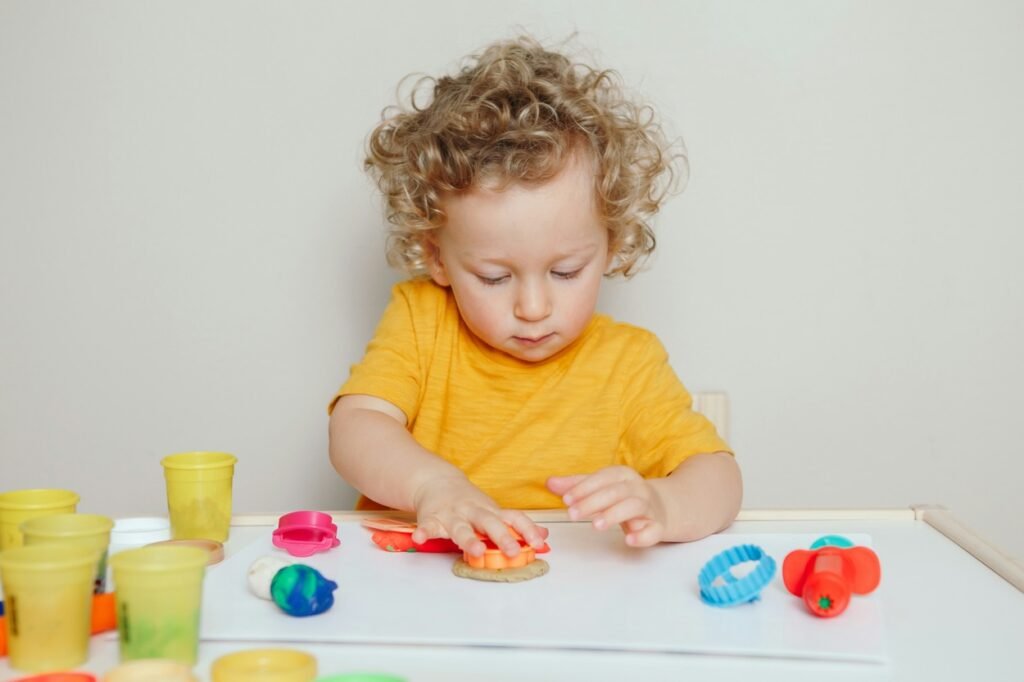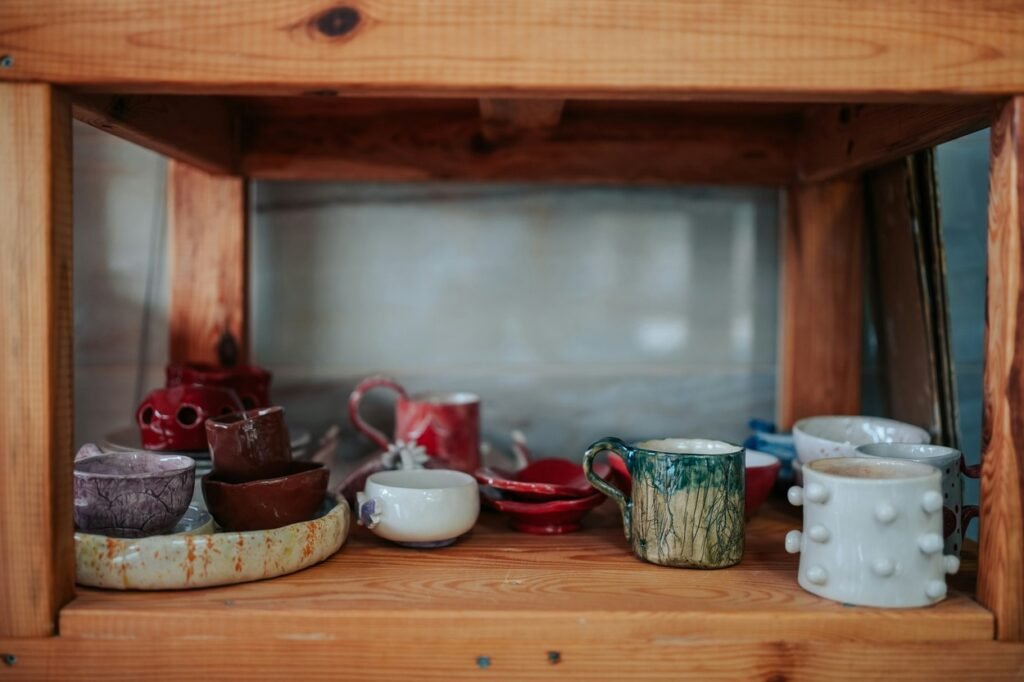Understanding the Risks: Choking hazards come in various forms, often lurking in the most unexpected places. From tiny toy parts to troublesome foods, and even loose change, it’s essential to identify potential dangers to keep your children safe.
So, buckle up, fellow adventurers, as we embark on a journey to safeguard our little ones and embrace parenthood’s exhilarating twists and turns!
What Are the Common Choking Hazards?
Tiny building blocks, action figure accessories, and other small toy parts are like magnets for curious little hands and mouths. These seemingly harmless playthings can quickly turn into choking hazards if swallowed.
Remember, it’s not just the size of the toy, but also its shape and texture that can pose a risk.

What foods are notorious for causing choking incidents in children?
Mealtime can become a battleground where innocent-looking foods transform into potential threats. Grapes, hot dogs, and other round-shaped foods pose a significant risk, especially when consumed whole. It’s essential to cut them into smaller, more manageable pieces to reduce the risk of choking.
Additionally, be mindful of foods with tough or sticky textures that can be challenging for young children to chew and swallow safely.
Which household items could become choking hazards for children?
Spare change, buttons, batteries, and other small household items may seem insignificant to adults but can pose a severe choking hazard to young children. Keep a vigilant eye on these items and ensure they’re safely out of reach.
Remember, children have a knack for finding the most obscure objects to put in their mouths, so it’s essential to stay one step ahead and keep potential hazards well-contained.

Safety First – Practical Tips to Prevent Choking
Preventing choking incidents requires a combination of supervision, preparation, and quick thinking. Here are some practical tips to keep your little ones safe:
- Master the Art of Supervision: Keep a close eye on your children, especially during playtime and mealtime. Vigilance is key to preventing choking incidents before they occur.
- Create a Choke-Free Zone: Designate certain areas of your home as safe zones, free from small objects and potential hazards. Invest in childproofing gadgets such as safety gates and cabinet locks to create a secure environment for your children. Additionally, consider implementing a “no eating while playing” rule to minimize the risk of choking accidents during playtime.
- Brush Up on First Aid: Equip yourself with the knowledge and skills needed to handle choking emergencies effectively. Consider taking a CPR and first aid course to ensure you’re prepared for any situation.
The Power of Education – Teaching Kids About Choking:
Empowering your children with knowledge is essential in preventing choking incidents. Here’s how you can educate them while keeping things fun:
- Turn Learning Into a Game: Transform learning about choking hazards into a playful activity. Use games, songs, and storytelling to teach your children about the importance of chewing food properly and avoiding small objects.
- Lead by Example: Children learn by watching, so set a good example by demonstrating safe eating habits yourself. Show them how to chew food slowly and carefully, and avoid rushing through meals.
Why is open communication crucial in preventing choking incidents?
Create a safe space for your children to express themselves and ask questions. Encourage them to speak up if they ever feel like something is stuck in their throat or if they’re unsure about a particular food or object. Let them know that it’s okay to ask for help and reassure them that you’re always there to support them.
By fostering open communication, you can empower your children to take an active role in their own safety and well-being.

Conclusion
Preventing choking incidents in children requires diligence, preparation, and a willingness to educate. By staying informed, creating a safe environment, and teaching your children about potential hazards, you can minimize the risk of choking and ensure your little explorers stay safe and sound.
So, embrace parenthood with confidence, knowing that you’re equipped to handle whatever challenges may come your way!
